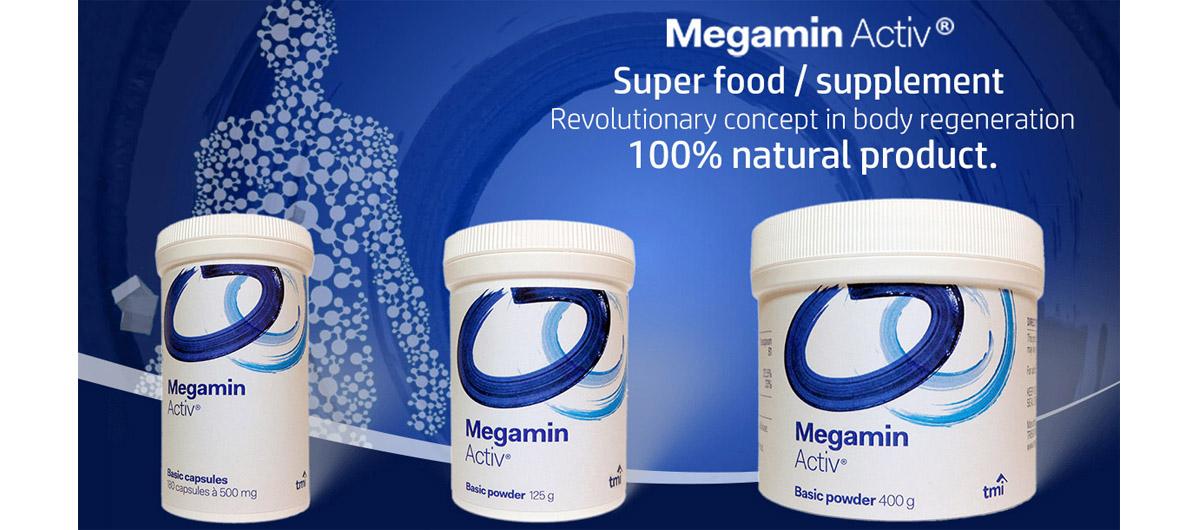The Relationship Between Oxidation And Antioxidation
The yin-yang theory of balance has been one of the most important pillars of traditional Chinese medicine, or TCM. For more than 2000 years, the theory has been used to correctly assess, diagnose, and treat different types of diseases and syndromes. On the other hand, scholars and doctors from the western parts of the world have disregarded the yin-yang theory for many years. This is also one of the reasons why the balance theory has received very little scientific research. There is a common misconception about the yin-yang theory that keeps scientists from progressing with research. According to them, the balance theory is considered to be a religious belief combined with principles of daily life, instead of being a medical theory.
However, a team of researchers has taken a different approach towards the theory. Their proposal is to associate the theory with the biochemical process known as oxidation. Therefore, within the yin-yang balance, yin is represented by antioxidation, while yang is represented by oxidation. According to the researchers involved in the study, the initial proposal was based on the fact that traditional Chinese treatments, comprised of natural herbs, usually contain high levels of antioxidant molecules. Moreover, the yin herbs contain up to 6 times more antioxidants, as compared to the yang herbs.
Following this initial hypothesis, researchers have approached the yin-yang balance theory with modern biochemical methods and tools. This approach will allow them to thoroughly research the processes through which traditional Chinese medicine operates. Moreover, associating the yin-yang theory with the oxidation-antioxidation process that is well-known to play an essential role in healthy organisms, is crucial to the further development of modern medicine. If the supposition is correct, it would mean that Chinese scholars had discovered the effects of oxidation and antioxidants more than 2500 years ago.
In theory, maintaining the balance between yin and yang is closely related to the organism’s natural homeostatic state. As such, counteractive events or processes are associated with yin. These include weakness, coldness, inhibition, and so on. On the other hand, proactive events or processes are associated with yang. Heat, movement, and brightness are part of yang. Consequently, the antioxidation process pertains to yin, while the oxidation process and the energy generated for the process pertain to yang.
Antioxidant molecules play one of the most important roles in the prevention of cellular damage and death. These molecules stand in the way of various diseases, including cancer. Moreover, antioxidants have been shown to delay the aging process within the cells, thus prolonging their lives. On the other hand, free radicals are the molecules that are responsible for damaging the cells. These can come in various shapes and sizes, but are all made through the interaction of oxygen. A healthy organism has a balance between oxidation and antioxidant molecules.





